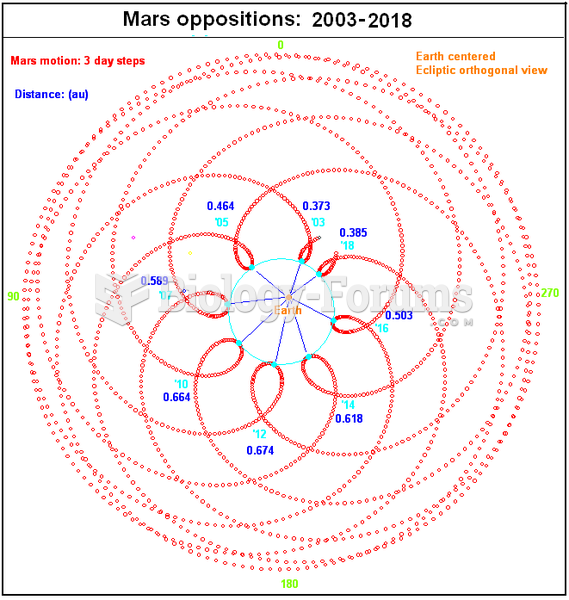Emotional maturity does NOT ensure that a leader ________.
A) is not overly self-centered
B) can control his or her feelings
C) can accept criticism
D) is self-confident
Question 2
The behavior approach to leadership focuses on ________.
A) the enduring characteristics leaders possess
B) how leaders think and feel
C) what leaders actually do
D) the effects leaders have on the actions of followers
Question 3
________ is the exercise of influence by one member of a group or organization over other members to help the group or organization achieve its goals.
A) Censorship
B) Sponsorship
C) Leadership
D) Management
Question 4
Leadership does NOT involve ________.
A) helping organizations to achieve their goals
B) exerting influence over individual members
C) helping groups to achieve their goals within an organization
D) disregarding the needs of individuals for the good of the whole
Question 5
The issue of establishing trust between leaders and subordinates is a central concept in ethical leadership.
Indicate whether the statement is true or false
Question 6
A leader who tells subordinates what to do is engaging in ________ behavior.
A) supportive
B) directive
C) elective
D) achievement-oriented
Question 7
________ involves behaviors indicating that a leader trusts, respects, and values good relationships with his or her followers.
A) Consideration
B) Strategic planning
C) Consensus building
D) Leader reward behavior







